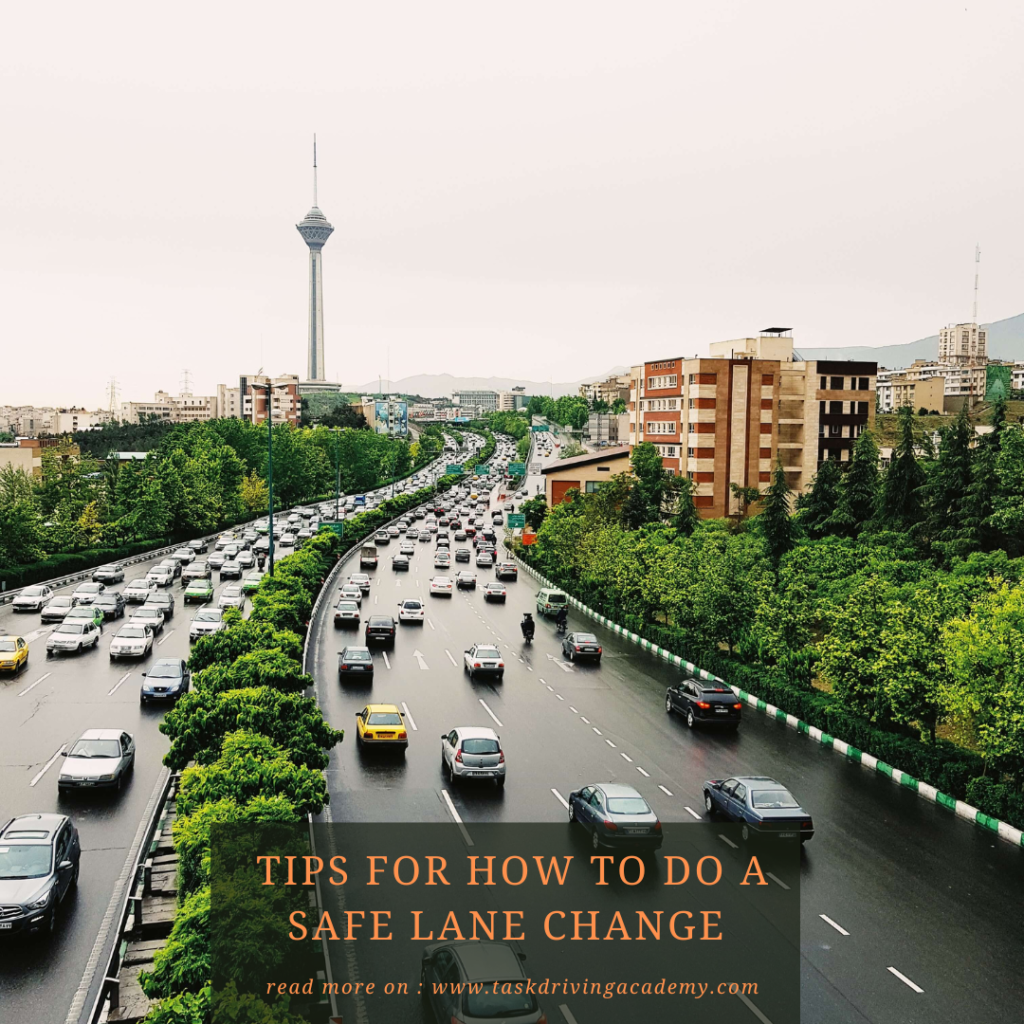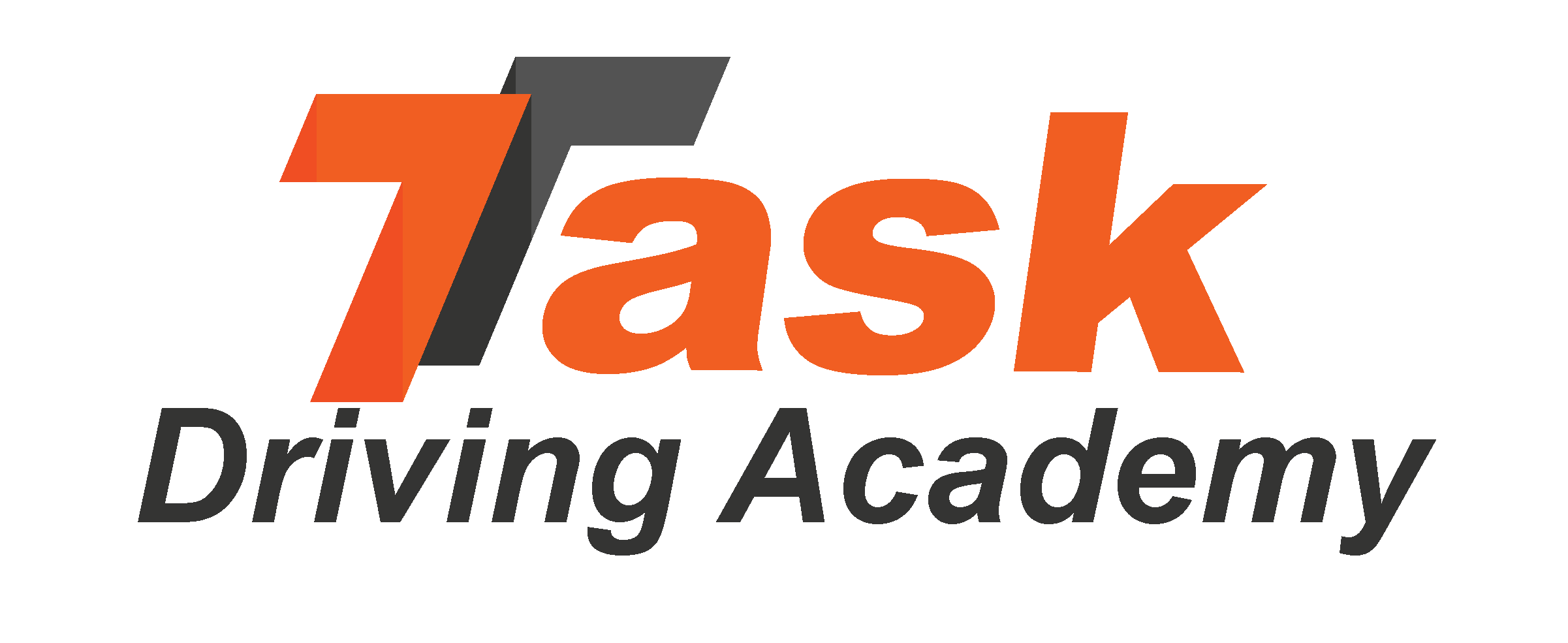Learning how to do a safe lane change is crucial for every driver, whether you are a beginner or an experienced motorist. Mastering this skill enhances road safety and ensures a smooth driving experience. In this blog, we’ll break down the key steps to execute a safe lane change and highlight the importance of proper training from a reputable driving school in Vancouver.
Table of Contents
1. Check Your Mirrors and Blind Spots
Before making any lane change, always check your mirrors and blind spots. Begin by glancing at your rearview and side mirrors to understand the traffic situation around you. Blind spots are areas that mirrors can’t cover, so it’s essential to look over your shoulder to ensure there’s no vehicle in your blind spot. This step is emphasized in driving lessons in Vancouver to ensure drivers are aware of their surroundings.
2. Use Your Turn Signal
Using your turn signal is a crucial part of how to do a safe lane change. Signaling your intention to change lanes informs other drivers of your plan, allowing them to adjust their speed or position accordingly. Turn on your signal at least five seconds before making the lane change to give ample notice to other road users.
3. Maintain a Steady Speed
When changing lanes, it’s important to maintain a steady speed. Sudden acceleration or deceleration can confuse other drivers and potentially lead to accidents. Keep your speed consistent and only change lanes when it is safe to do so. This practice is a key focus in driving lessons in Vancouver to ensure new drivers can handle lane changes smoothly and safely.
4. Choose the Right Time and Place
Timing and positioning are critical when learning how to do a safe lane change. Avoid changing lanes near intersections, pedestrian crossings, or in heavy traffic. It’s best to make lane changes on straight, open roads where visibility is clear and there’s enough space to maneuver. Professional instructors at a driving school in Vancouver can help you understand the best times and places for lane changes through practical lessons.

5. Look Ahead and Keep Your Distance
Always look ahead and be aware of the traffic flow in the lane you are entering. Ensure there’s sufficient distance between your vehicle and the car in front of you. Tailgating or cutting off another driver can lead to collisions and aggressive driving behavior. Maintaining a safe following distance is a fundamental part of learning how to do a safe lane change.
6. Smoothly Merge into the New Lane
Once you have checked your mirrors, used your signal, and ensured the lane is clear, smoothly merge into the new lane. Avoid making sharp or sudden movements with the steering wheel. Instead, gently steer your vehicle into the new lane, keeping your movements controlled and predictable. This technique is thoroughly practiced in driving lessons in Vancouver to build confidence and skill in new drivers.
7. Cancel Your Turn Signal and Adjust Your Speed
After successfully merging into the new lane, remember to cancel your turn signal. Continue to monitor the traffic and adjust your speed as necessary to match the flow of the new lane. Being mindful of your speed and signaling intentions are critical aspects of safe driving, as taught in a top driving school in Vancouver.
Additional Tips
Additional Tips for Safe Lane Changes
In addition to the essential steps, here are some extra tips to help you execute lane changes safely and confidently:
Understand Road Conditions
Road conditions can greatly impact the safety of a lane change. Wet or icy roads require more cautious driving and longer distances to stop. Make sure to adapt your lane-changing technique to the current road conditions, ensuring that you have enough space and time to move safely.
Stay Calm and Patient
Lane changes require patience and calmness. Avoid making abrupt decisions or forcing your way into a lane. If you miss an opportunity to change lanes, it’s better to wait for the next safe chance rather than risking an accident. Driving lessons in Vancouver emphasize the importance of staying calm and making safe, calculated moves.
Practice Makes Perfect
Regular practice is essential to mastering how to do a safe lane change. Enroll in a driving school in Vancouver to get professional guidance and ample practice in different traffic situations. Professional instructors can provide valuable feedback and tips to improve your lane-changing skills.
Awareness of Other Road Users
Be aware of other road users, including motorcycles, bicycles, and pedestrians. These smaller vehicles can be harder to see and may move faster than expected. Always double-check your mirrors and blind spots for these road users before making a lane change.
Anticipate the Actions of Other Drivers
Anticipating the actions of other drivers can help you make safer lane changes. Look for signals, changes in speed, and other indications of drivers’ intentions. Being proactive and anticipating potential hazards allows you to react appropriately and avoid dangerous situations.
Enroll in Professional Driving Lessons
For those looking to improve their driving skills, enrolling in a professional driving school in Vancouver can make a significant difference. Driving lessons in Vancouver provide structured learning, hands-on practice, and expert guidance to help you become a confident and safe driver.
Conclusion
Learning how to do a safe lane change is a crucial skill for every driver. By following these essential steps and additional tips, you can ensure that your lane changes are smooth, safe, and predictable. Enrolling in driving lessons in Vancouver can provide you with the practical experience and professional guidance needed to master this skill. Whether you’re a new driver or looking to refresh your driving knowledge, a top driving school in Vancouver can help you achieve your goals and enhance your driving confidence. Remember, safe lane changes are an important part of overall road safety, and mastering them contributes to a safer driving environment for everyone.
